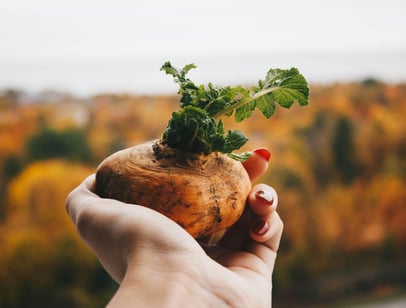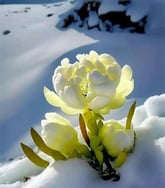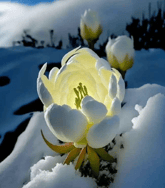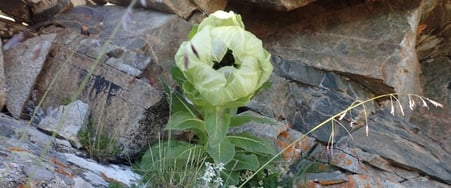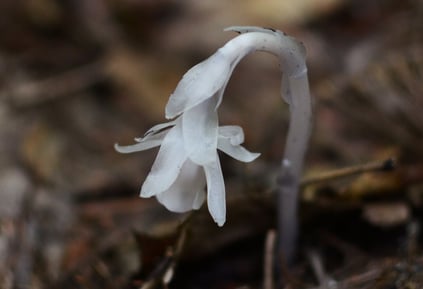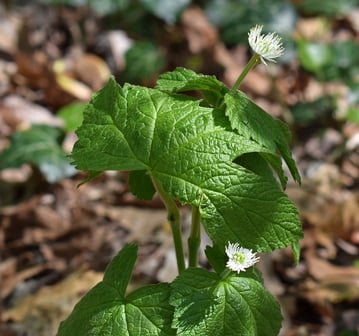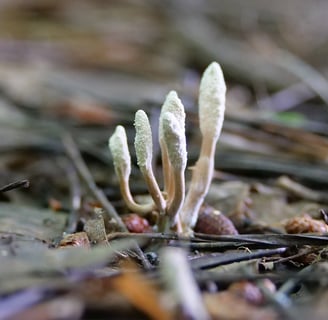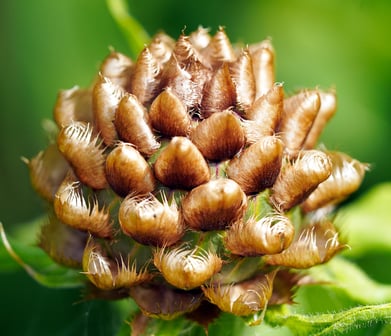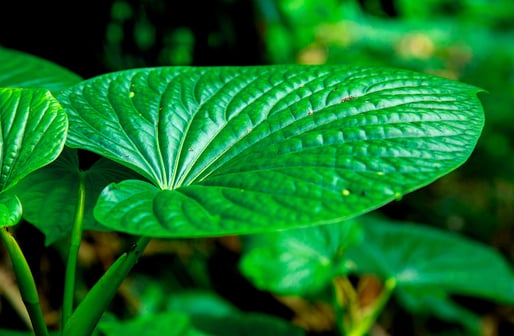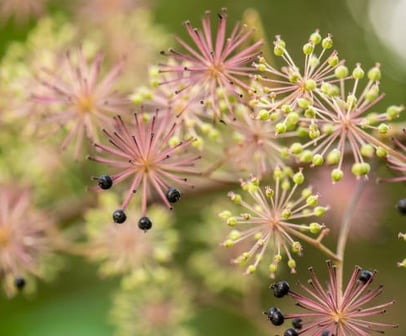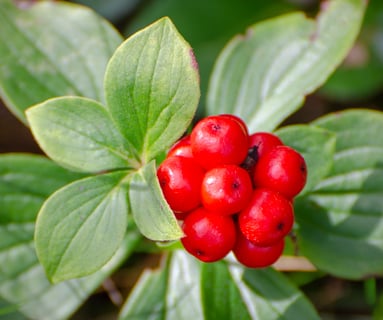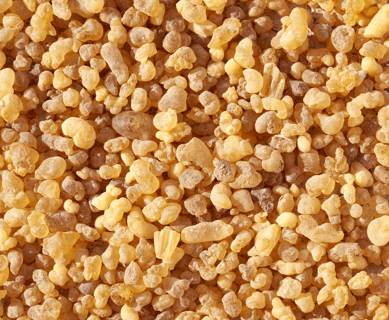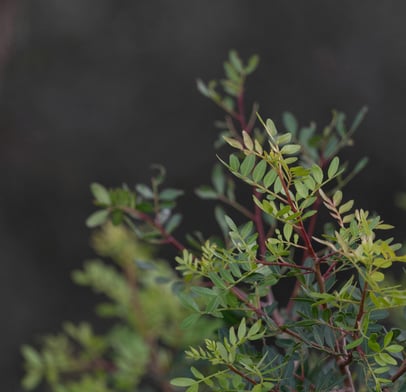The Rarest Herbs & Their Medicinal Uses
Blog post description.
11/13/20244 min read
Rare medicinal herbs have long been sought after for their remarkable properties, though many are hard to find or are carefully cultivated due to their scarcity. Here are some of the most elusive medicinal herbs with unique benefits:..
Snow Lotus (Saussurea involucrata): Found in the high altitudes of the Himalayas, this rare plant is valued in Traditional Chinese Medicine for reducing inflammation, enhancing vitality, and improving circulation. It’s also used for pain relief and as a potential aid in treating rheumatoid arthritis and other inflammatory conditions.
Snow Lotus
Maca Root -
Peruvian Ginseng
Ghost Pipe
Goldenseal
Yarsagumba-Cordyceps
Rhaponticum-
Maral Root
Kava Kava
Wild Ginseng
Jatamansi-
Spikenard
Frankincense Resin
Purple Pitcher
Plant
Mastagi-
Mastic Gum
Maca Root (Peruvian Ginseng) (Lepidium meyenii): Grown in the high Andes of Peru, maca root is prized for its ability to increase stamina, energy, and libido.
It’s also used to balance hormones, support fertility, and boost mood and mental clarity.
Ghost Pipe (Monotropa uniflora): This rare, translucent, ghostly-looking herb is found in dark forested areas in North America. It’s traditionally used as a nervine, supporting those with anxiety, and it is also valued for its pain-relieving properties, particularly for severe pain.
Goldenseal (Hydrastis canadensis): Native to North America, goldenseal is an endangered herb known for its antimicrobial, anti-inflammatory, and immune-boosting effects. It’s commonly used to treat respiratory infections, digestive issues, and skin conditions but has become rare due to overharvesting.
Yarsagumba (Cordyceps) (Ophiocordyceps sinensis): A rare parasitic fungus found in the Himalayas, Yarsagumba is known for boosting energy, enhancing athletic performance, and supporting the immune system. It’s prized as an adaptogen and believed to improve lung and kidney function, but it’s very expensive and difficult to obtain.
Rhaponticum (Maral Root) (Rhaponticum carthamoides): This Siberian herb is rare outside its native region and used to enhance physical performance and endurance. Maral root is also valued for stress reduction, immune support, and potentially even increasing muscle growth.
Kava Kava (Piper methysticum): Native to the South Pacific islands, kava is traditionally used for its calming effects, promoting relaxation, reducing anxiety, and enhancing sleep. However, high-quality kava is difficult to source due to its specific growing conditions and export regulations.
Jatamansi (Spikenard) (Nardostachys jatamansi): A high-altitude herb from the Himalayas, jatamansi is used in Ayurveda for its grounding effects, helping with anxiety, sleep disorders, and stress. It’s also used to improve hair growth and skin health, but it’s increasingly rare due to environmental and overharvesting pressures.
Wild Ginseng (Panax ginseng): Wild ginseng, especially older roots, is rare and highly sought after for its potent adaptogenic properties. It supports energy, immunity, mental clarity, and stress management. Wild ginseng has become incredibly expensive and scarce due to overharvesting and slow growth rates.
Frankincense Resin (Boswellia sacra): While the frankincense tree is cultivated, high-quality frankincense resin from Somalia or Oman is rare. Known for its anti-inflammatory and immune-boosting properties, frankincense resin is used in respiratory and joint health remedies.
Purple Pitcher Plant (Sarracenia purpurea): Found in North American bogs, this carnivorous plant is historically known for treating smallpox and immune-related conditions. Its scarcity and the fragility of its ecosystem make it rare and hard to obtain for medicinal use.
Mastagi (Mastic Gum) (Pistacia lentiscus): This resin from a rare tree found on the Greek island of Chios has been used for centuries for digestive and oral health, as well as respiratory and immune support. The mastic tree grows very slowly and requires specific conditions, making the resin hard to produce and expensive.
These herbs are difficult to find and often expensive due to their rarity and the environmental conditions required for their growth. Sustainable harvesting and conservation efforts are crucial to preserving these plants for future use, as many are endangered due to habitat loss and overharvesting.
